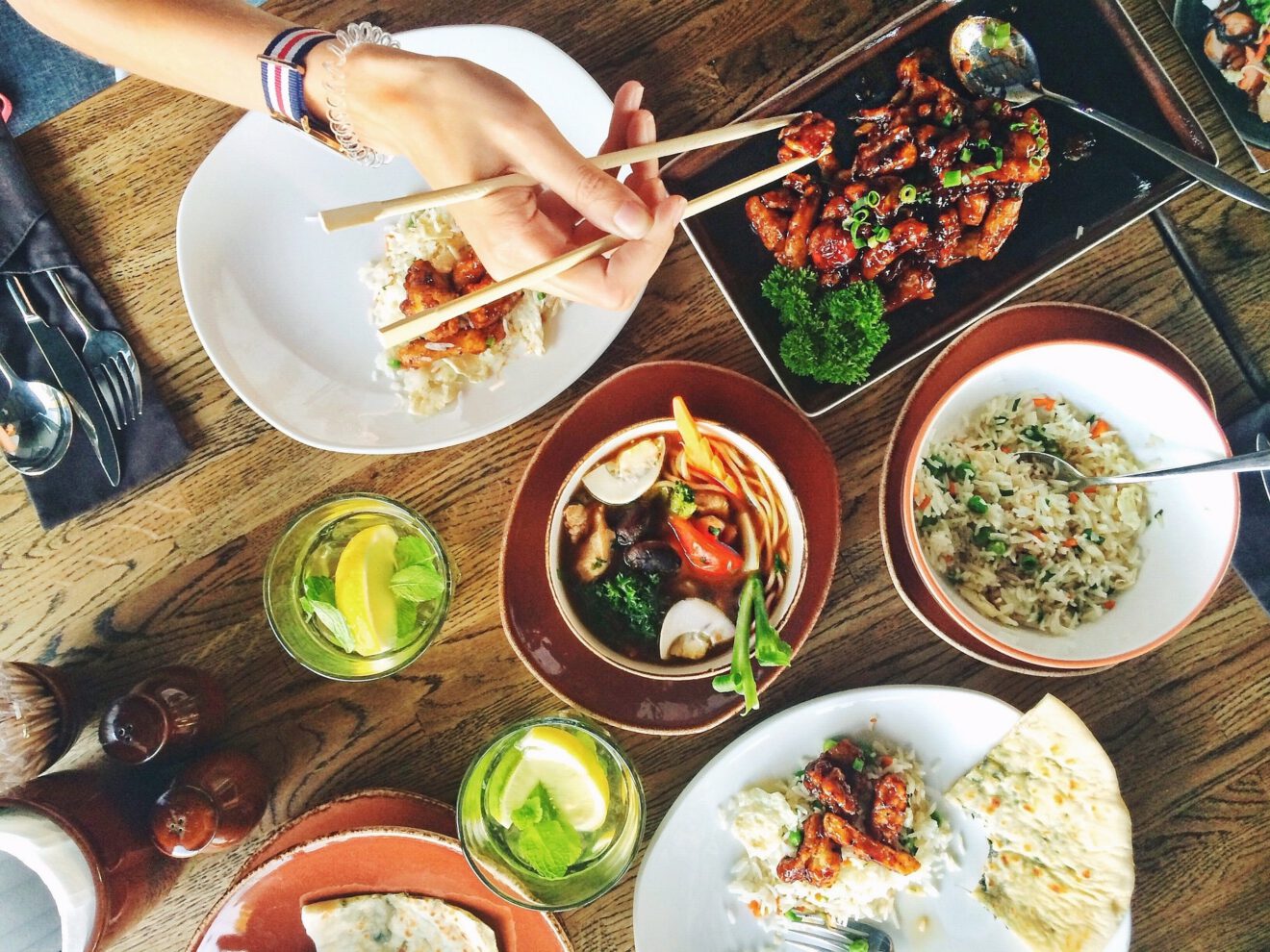Mention the word “dinner” and collectively we are likely to imagine people gathered around a table, an image that draws from an iconic past. Of interest, no matter how difficult it is to achieve such a meal, consumers still place a big emphasis on dinner, and while our most recent report on mealtime behavior, Transformation of the American Meal 2017, finds that breakfast and lunch have eroded in importance (in no small part due to our penchant for snacking), dinner still holds a place as a mealtime ritual of significance.
A range of factors have influenced changes in mealtime attitudes and behaviors including long-term shifts in household roles, work and time use: Over the past several decades, more women joined the workforce, men were encouraged to do more at home, children’s care and activities have taken on more importance, and fewer jobs than ever are 9 to 5. These shifts have undermined the cultural importance of mealtimes. Overall, the consumer lens has changed, and our modern, experiential consumer culture has given way to a dynamic contemporary culture of food and beverage.
Health and wellness trends have also progressively changed consumer’s eating and drinking patterns. Long-term shifts in notions of a healthy diet have undermined “traditional” ways of eating, including what we eat, when we eat it, whom we eat it with and who makes it.
Transformation of the American Meal 2017 finds that mealtimes are not what we once thought them to be.
Take morning eating as an example: Snacking, before or after breakfast, is as common today as breakfast itself. In terms of breakfast foods, there is a general cultural movement toward those perceived as fresher with an increased interest in controlling sugar, particularly for kids, driving many consumers away from traditional cereal brands. Morning eating is more purposeful today, undertaken to manage sustained energy across the morning (protein plays a big role here as do satiety and nutrient density).
Also like breakfast, lunch is routine and functional, and is the meal most likely to fall victim to snacking. Lunch needs follow less of a pattern than breakfast, as consumers adjust to emotional, social or other demands that come up through the week.
While both breakfast and lunch have become less distinct as mealtimes, there’s still a yearning for an “ideal meal” that persists, propped up by iconic memories and a palpable understanding that sitting down to eat together, typically for dinner, has significant benefits. In this imagined past, mom lovingly planned and cooked balanced meals from scratch every day and served them family-style, and everyone enjoyed eating them together
While few consumers seem to want to return to this vision of household roles, many do want the imagined meal that results. The gap between the ideal meal and most consumers’ reality is largely the result of an overall minimization of importance for meals and cooking.
Key to understanding how meals happen today is understanding that rather than schedule our days around mealtimes, we schedule our meals around everything else that might be going on in our days.
In terms of opportunities to help consumers actually achieve meals amidst their imagined ideals, food retailers, manufacturers and restaurant operators have numerous options to assist. Compared to breakfast and lunch, for example, dinner shows the widest variety of food types consumed of all the meals.
Solving for consumers’ common desire for meals that are both healthy and delicious is likely the best starting point, especially if assistance can successfully bridge the gap between consumers’ healthy ideals and indulgent desires. Meal kits often do this for those who have tried them, but resistance to the subscription model means opportunity for retailers to successfully piggyback on this emerging service.
Capturing the breakfast occasion could be quite a prize, since becoming a trusted brand means higher usage. However, breaking into the breakfast routine in the first place may be more difficult compared to other eating occasions.
While breakfast retains a halo as a healthy start to the day, lunch shows signs of losing cultural relevance. Mostly seen as an occasion to tide oneself over until dinner, lunch’s relative lack of distinction means it is particularly susceptible to skipping by snacking. Understanding consumers’ midday needs – such as those around energy, satiety, ease of prep and eating, portability/packability and a more variable range of flavors – can offer a path to reclaiming a share of lunch or the fragmenting eating patterns that replace it.
Dinner is truly an oasis of opportunity in an otherwise routinized and snackified world of eating: of interest to all food producers ranging from CPG to restaurants, half of consumers report deviating at least once a week from dinner plans, suggesting that changing plans are themselves a routine part of dinnertime (and represent an open invitation to suggestions and innovation).
As CEO of The Hartman Group , Demeritt drives the vision, strategy, operations and results-oriented culture for the company’s associates as The Hartman Group furthers its offerings of tactical thinking, consumer and market intelligence, cultural competency and innovative intellectual capital to a global marketplace.
__________________________________________________
If you enjoyed this article, join SmartBrief’s email list for more stories about the food and beverage industry. We offer 20 newsletters covering the industry from restaurants to food manufacturing. And be sure to follow us on Twitter for the latest industry news.
